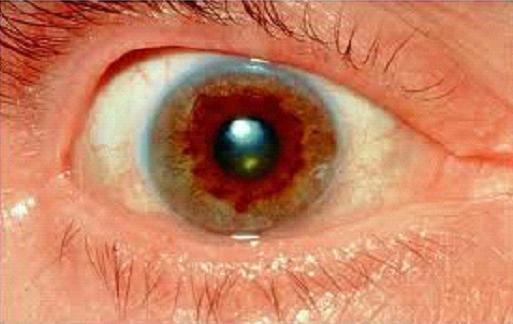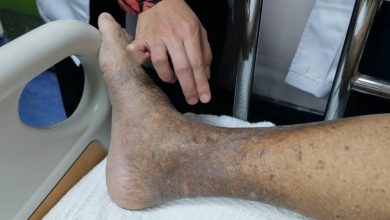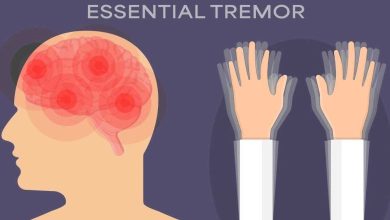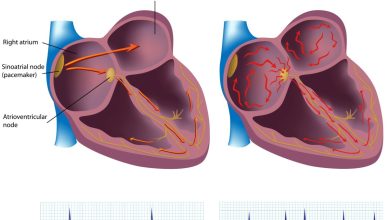Wilson’s Disease Symptoms, Causes, Diagnosis and Treatment

What Is Wilson’s Disease?
Some forms of food provide human body with copper which is required to stay healthy. Bile is a digestive fluid produced by the liver. When the body receives copper, it uses the required amount to maintain health while the excess is forwarded to the bile which expels excess copper out of the body. Wilson’s disease is an inherited disorder in which bile fails to excrete excess copper and eventually too much copper accumulates in the body which is poisonous. Therefore, Wilson’s disease has often proved to be a life threatening disorder but is, fortunately, treatable.
What Are The Symptoms Of Wilson’s Disease?
Between the ages of 12 years and 23 years, the symptoms generally start to evolve. The symptoms evolving in Wilson’s disease are common in many other diseases and therefore observing the symptoms alone never helps in diagnosing Wilson’s disease. These symptoms include:
- Easy bruising.
- Build up of fluid in legs.
- Fluid accumulation in abdomen.
- Jaundice.
- Weariness.
- Poor appetite.
- Speech problems.
- Swallowing difficulty.
- Stiffed muscles.
Since the symptoms do not confirm the existence of Wilson’s disease, immediate diagnosis is required to rule out other possibilities.
What Causes Wilson’s Disease?
Inheritance is the only cause of Wilson’s disease given that one copy of the defective gene must be inherited from each parent. If only one copy of the defective gene is inherited, a person will not suffer from Wilson’s disease but further generations can.
What Are The Complications Of Wilson’s Disease?
If left untreated, Wilson’s disease can be deadly since too much copper is poisonous. The following complications are likely to arise:
- Kidney stones and other kidney related problems.
- Cirrhosis.
- Liver failure.
- Depression, bipolar disorder or personality changes.
- Neurological problems.
How Is Wilson’s Disease Diagnosed?
Since symptoms of Wilson’s disease evolve gradually one after another and are similar to those in other diseases, doctors generally suggest the following along with observing symptoms:
- Blood test.
- Urine test.
- Testing genes.
- Liver biopsy.
- Eye examination.
With the help of one or more of these tests and procedures, doctors are able to diagnose Wilson’s disease. A prompt diagnosis is important to begin treatment immediately to prevent complications from showing up. Once complications arise, even the treatment plan may not be able to reverse the effects.
How Is Wilson’s Disease Treated?
Medications are usually sufficient to remove excess copper and treat Wilson’s disease given that the treatment is not delayed. The following medications are generally recommended:
- Chelating agents help organs to release excess copper in the blood so that it can be eliminated through urine after filtration by the kidneys.
- Trientine and penicillamine. However, these medications are likely to worsen the complications due to the side effects.
- Zinc acetate can prevent more copper from absorbing in the body. However, this can lead to an upset stomach.
When medications fail to treat Wilson’s disease or the complications, a final option is liver transplantation.
By : Natural Health News




